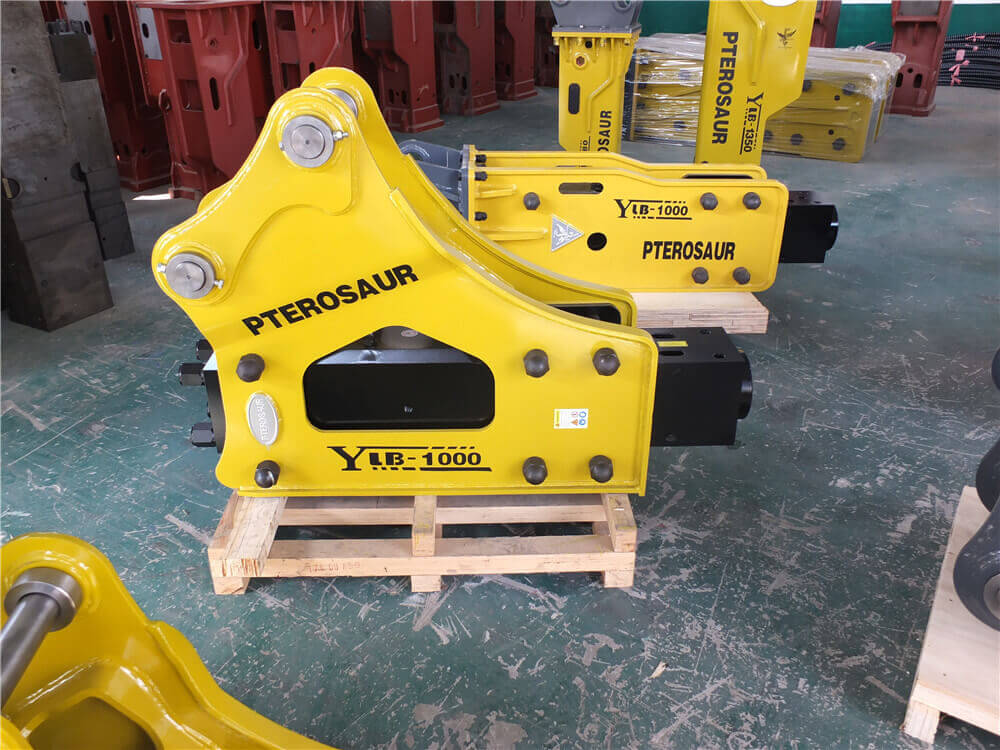Understanding Excavator Quick Hitches: A Comprehensive Guide
Excavators are versatile machines that play a crucial role in construction, demolition, and excavation projects. A vital component that enhances their functionality is the quick hitch, also known as a quick coupler. This tool allows operators to swiftly attach and detach various attachments, such as buckets, grapples, and rock breakers, significantly improving operational efficiency.
What is a Quick Hitch?
A quick hitch is a device that can be quickly installed on an excavator, enabling the rapid switching of attachments. This adaptability is essential for maximizing productivity on job sites. Depending on the type of project, operators can seamlessly change tools without needing extensive downtime, which is a game-changer in the construction industry.
Types of Excavator Quick Hitches
There are several types of excavator quick hitches, each designed to meet different operational needs. Here are the primary categories:
-
Manual Pin-Type Quick Hitches:
These require manual insertion of pins to secure the attachment. While they are straightforward and cost-effective, they may not be as efficient in terms of speed as other types. -
Mechanical Quick Hitches:
Mechanical hitches use a lever or handle to lock and unlock attachments. They offer a balance between ease of use and reliability but require some physical effort from the operator. -
Hydraulic Quick Hitches:
Utilizing hydraulic power, these hitches allow for automatic attachment changes, making them extremely efficient. Hydraulic quick hitches are increasingly popular due to their seamless operation and reduced manual effort. -
Tilt or Tilt-Rotator Quick Hitches:
These advanced hitches provide the ability to tilt the attachment for increased precision during operations. They are particularly beneficial in tasks that require fine adjustments, like grading or excavation in uneven terrain.
Key Benefits of Using Quick Hitches
Implementing a quick hitch system on excavators brings several advantages:
-
Increased Efficiency: Quick hitches significantly reduce the time required to switch attachments, allowing operators to focus more on the task at hand rather than manual labor.
-
Enhanced Versatility: With the ability to use multiple attachments, excavators can tackle a wider range of projects, from digging and lifting to demolition.
-
Improved Safety: Modern quick hitches are designed with safety in mind, reducing the risk of accidents associated with manual attachment changes.
-
Cost-Effectiveness: By improving productivity and versatility, quick hitches can lead to cost savings on projects, enabling companies to take on more jobs.
Considerations When Choosing a Quick Hitch
When selecting the right quick hitch for an excavator, it’s important to consider several factors:
-
Compatibility: Ensure that the quick hitch is compatible with the specific model of the excavator and the attachments intended for use.
-
Weight Capacity: Different quick hitches are designed for varying weight capacities. Choose one that can handle the expected load.
-
Hydraulic Requirements: For hydraulic quick hitches, check that the excavator’s hydraulic system can support the hitch’s operational needs.
-
Ease of Use: Consider how user-friendly the hitch is. Operators should be able to attach and detach tools quickly and safely.
Conclusion
In conclusion, a quick hitch is an indispensable tool for excavator operators, enhancing both efficiency and versatility on the job site. Understanding the different types of quick hitches and their benefits can help in making informed decisions that lead to streamlined operations and improved productivity. Whether you’re involved in construction, demolition, or excavation, investing in a quality quick hitch can transform the way you work with heavy machinery.



































